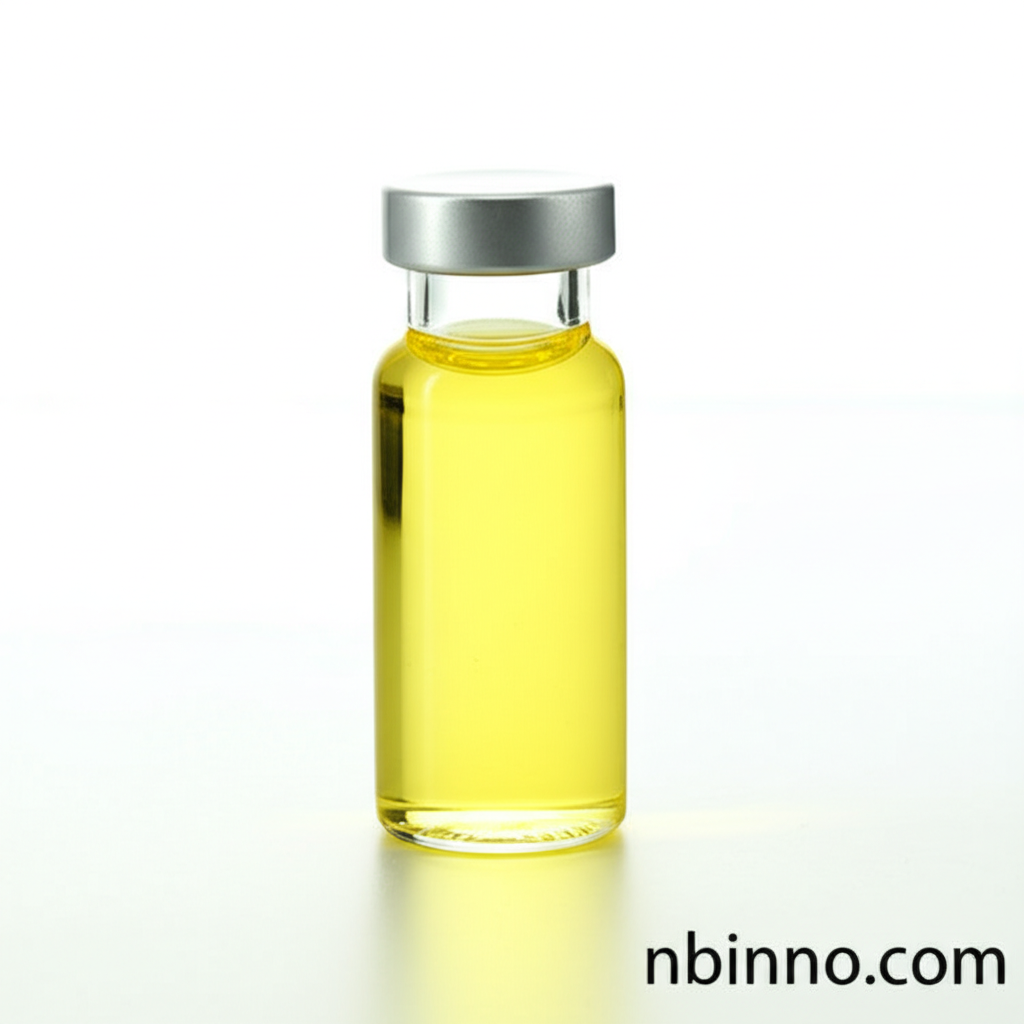2-Bromo-5-(trifluoromethoxy)aniline: A Key Intermediate in Modern Chemistry
Discover the essential properties and applications of this vital organic building block.
Get a Quote & SampleProduct Core Value

2-Bromo-5-(trifluoromethoxy)aniline
This compound serves as a critical intermediate in the synthesis of various complex organic molecules, particularly in the fields of pharmaceuticals and material science. Its unique structure, featuring both bromine and a trifluoromethoxy group on an aniline backbone, offers versatile reactivity for advanced chemical transformations.
- Leverage the power of fluorinated compounds by exploring the specific applications of 2-bromo-5-(trifluoromethoxy)aniline in advanced material synthesis.
- Understand the critical role of CAS 887267-47-2 as a reliable building block in complex organic synthesis pathways.
- Explore sourcing options for 2-bromo-5-(trifluoromethoxy)aniline from reputable suppliers to ensure high purity and consistent quality for your research.
- Investigate the synthesis of trifluoromethoxy aniline derivatives, where this compound acts as a foundational component for novel chemical entities.
Advantages in Chemical Synthesis
Versatile Reactivity
The presence of both bromine and the trifluoromethoxy group on the aniline ring provides multiple reactive sites, making 2-bromo-5-(trifluoromethoxy)aniline an exceptionally versatile reagent for a wide range of organic transformations.
High Purity Standards
Typically supplied with purity levels of 97% or higher, this chemical intermediate ensures reliable and reproducible results in sensitive synthetic procedures, crucial for achieving desired product outcomes.
Enabling Novel Chemistry
As a key component in the creation of fine chemical intermediates, its unique structure facilitates the development of new materials and bioactive compounds, pushing the boundaries of chemical innovation.
Key Applications
Pharmaceutical Research
A crucial building block for synthesizing novel drug candidates and active pharmaceutical ingredients (APIs), contributing to advancements in medicinal chemistry and drug discovery.
Material Science
Used in the development of advanced materials, including those with specific electronic or optical properties, leveraging the influence of fluorinated substituents.
Agrochemical Development
Serves as a precursor for certain agrochemicals, offering potential for developing new pesticides or herbicides with improved efficacy and targeted action.
Organic Synthesis
Its reactive nature makes it an invaluable tool for academic and industrial researchers in performing complex organic reactions and creating diverse chemical structures.
